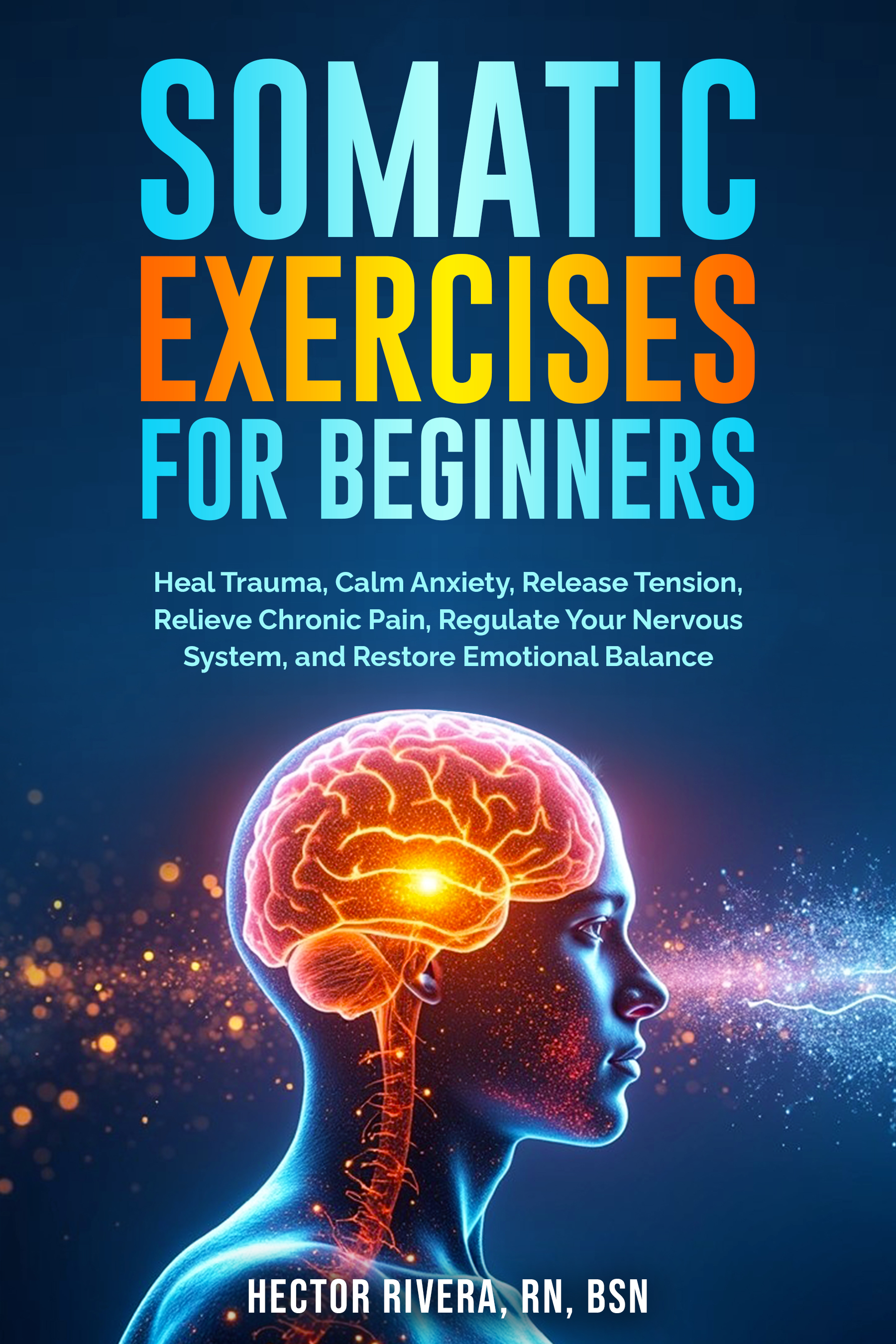What Is the Somatic System?

What is the Somatic System? Understanding Your Body’s Role in Stress, Healing, and Everyday Life
When people ask the question, 'What is the somatic system?' they’re asking about the part of the nervous system that straightforwardly connects mind and body. It’s the system responsible for voluntary movement, sensory awareness, and the ability to notice what’s happening in our physical selves. Unlike the automatic systems that regulate your heartbeat or digestion with minimal input, the somatic system allows you to sense and respond consciously. You feel heat, cold, pressure, or pain. You move your muscles when you decide to reach, walk, or smile. And through this body-awareness loop, you also get clues about your emotional state.
How the Somatic System Works
Sensory and motor nerves make up the somatic system. Sensory nerves carry information from your skin, muscles, and joints back to the brain—telling you, for example, that the floor is cool under your feet. Motor nerves send instructions outward from the brain to your muscles—like choosing to raise your hand or shift your posture. Together, these two branches form a feedback loop: sensation in, action out.
This loop doesn’t just help you interact with the world physically—it also creates a foundation for emotional awareness. Suppose you’ve ever noticed your shoulders tightening during stress or your breath quickening when you feel nervous. In that case, that’s the somatic system at work.
Somatic Awareness and Stress
Modern life pulls us away from our bodies. Many people spend long hours at desks or staring at screens, paying more attention to thoughts than to physical signals. Stress often manifests physically first, with symptoms such as clenched jaws, shallow breathing, and tense shoulders. But because we’ve learned to tune out these cues, we miss opportunities to respond early.
Somatic awareness involves paying attention to those signals in real-time. The somatic system constantly provides feedback, but it’s easy to overlook unless you make a conscious effort to pay attention. For example:
- Catching yourself holding your breath during a tough conversation.
- Feeling your stomach tighten before a big decision.
- Recognizing fatigue not just as “tiredness” but as heavy limbs and slower movement.
This awareness doesn’t eliminate stress by itself, but it provides you with information. And with that information, you can respond—maybe by taking a breath, adjusting your posture, or permitting yourself to pause.

The Somatic System and Trauma
Trauma is stored not only in memory but also in the body. When you experience something overwhelming, your nervous system mobilizes for survival. Even after the event passes, the body sometimes stays “on guard.” You might feel restless, hyper-alert, or conversely, numb and shut down.
The somatic system plays a central role here. Muscles can carry tension for years, and sensory signals can become either muted or overly sensitive after overwhelming experiences. By working directly with the body—through movement, touch, or mindful awareness—people often find pathways to release what words alone can’t address. That direct, body-based approach forms the foundation of many somatic therapies, which focus on restoring safety and regulation by reconnecting mind and body.
Everyday Applications
You don’t have to be in therapy to benefit from understanding your somatic system. Small practices throughout the day can help strengthen the mind-body connection and make you feel more grounded. A few examples:
- Breath awareness: Notice the rhythm, depth, and location of your breathing. Is it shallow in your chest or deeper in your belly? Simply paying attention can bring calm.
- Posture check-ins: Scan your body while sitting or standing to assess your posture. Are your shoulders lifted toward your ears? Is your jaw tight? Adjusting posture can relieve tension.
- Sensory grounding: Ground yourself by tuning into your five senses. Feel your feet on the floor, notice the texture of your clothing, or take in a sound around you.
- Micro-movements: Gentle stretches or shifts—such as rolling your shoulders or rotating your wrists—remind the body that it’s not stuck in one state.
Each of these practices is a way of tuning into the somatic system, making use of the constant feedback it’s already providing.
Why It Matters
Understanding the somatic system isn’t just for people in therapy or dealing with trauma. It’s for anyone who wants to live with more presence and less reactivity. By noticing how your body responds to daily stressors, you can intervene more effectively and with greater kindness. Instead of running on autopilot until exhaustion or pain forces a pause, you learn to use subtle signals as guides.
This kind of awareness also supports resilience. Life will always bring uncertainty, but when you’re attuned to your body, you gain a grounded anchor. Your decisions come not only from thought, but also from a felt sense. This combination tends to be wiser and more sustainable.
Closing Reflection
So, what is the somatic system? At its simplest, it’s the bridge between your body and mind—the nerves that let you sense, move, and respond. But on a deeper level, it’s also the pathway to understanding how stress, emotion, and memory live in your body. By learning to pay attention and work with it, you gain tools for healing, balance, and self-discovery.
Sources
Porges, S. W. (2011). The Polyvagal Theory: Neurophysiological Foundations of Emotions, Attachment, Communication, and Self-Regulation. W. W. Norton & Company. Van der Kolk, B. A. (2014). The Body Keeps the Score: Brain, Mind, and Body in the Healing of Trauma. Viking.
Bear, M. F., Connors, B. W., & Paradiso, M. A. (2020). Neuroscience: Exploring the Brain (4th ed.). Wolters Kluwer.
Medical Disclaimer: The information on this website is for educational purposes only and is not a substitute for professional medical advice, diagnosis, or treatment. Always consult a qualified healthcare provider with any questions you may have about your health or a medical condition. Never ignore professional medical advice or delay seeking it because of something you have read here.

